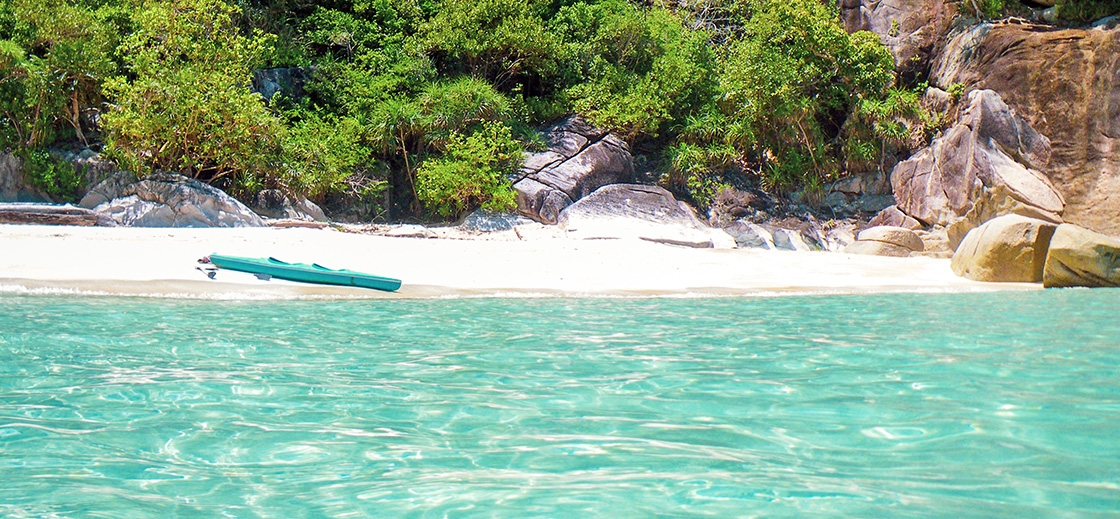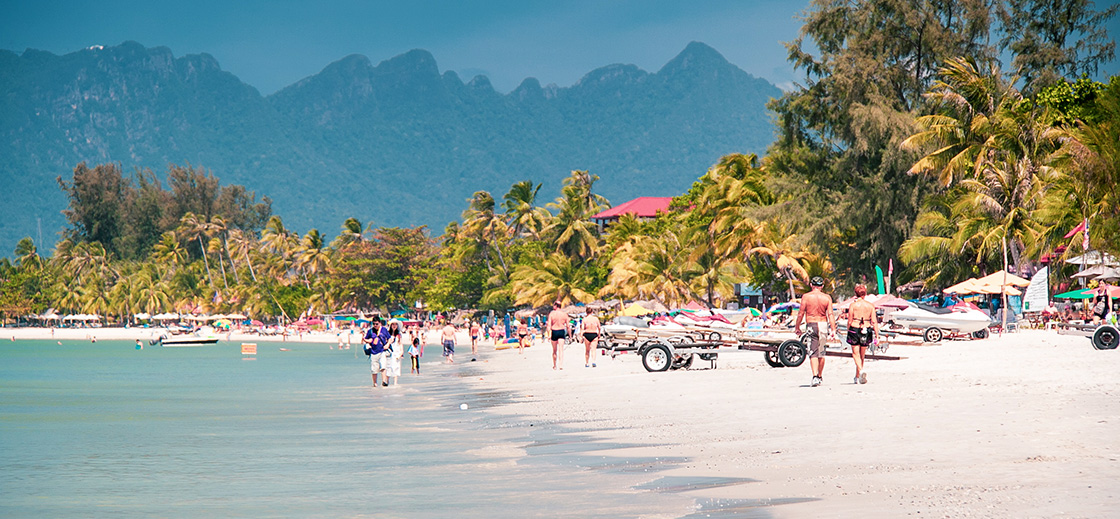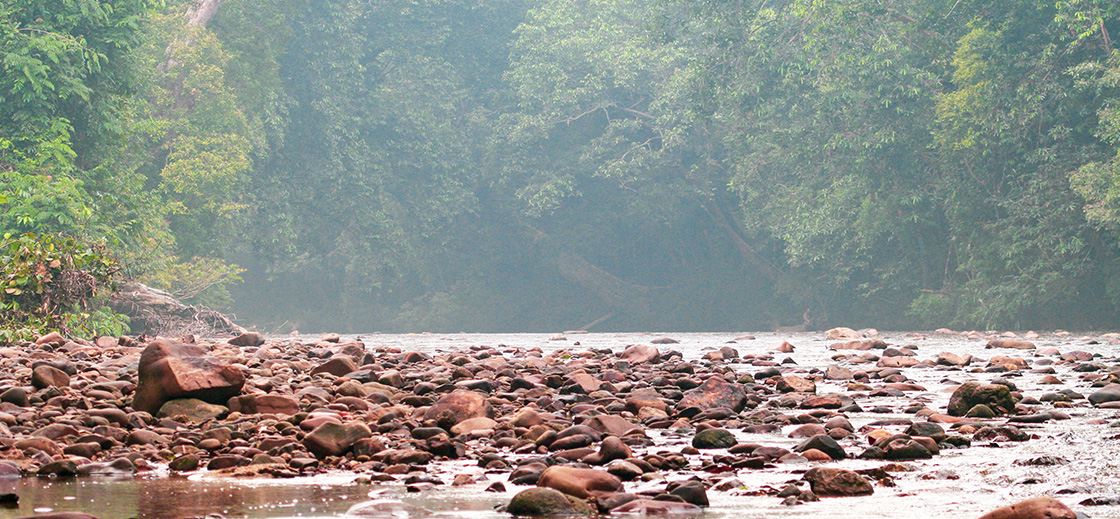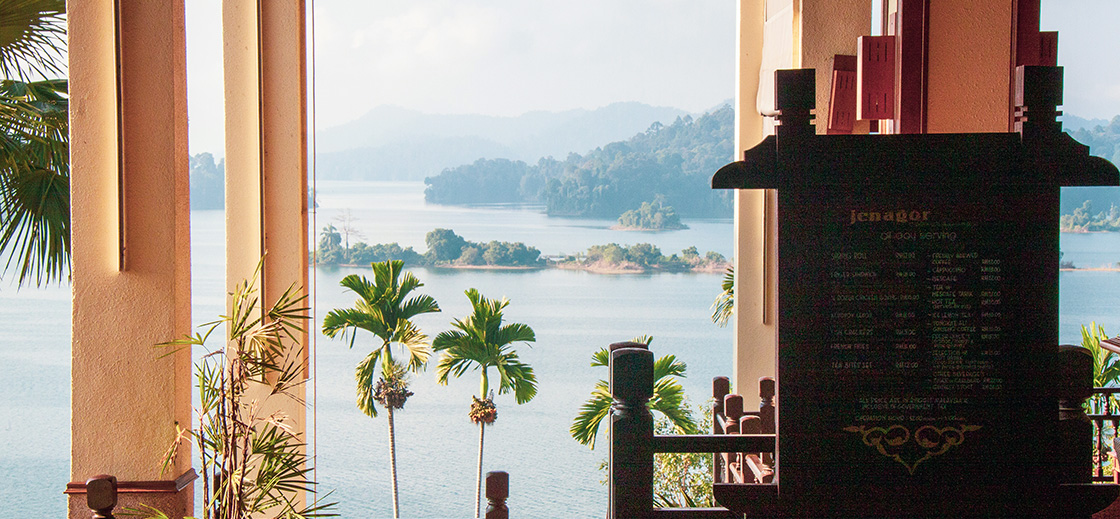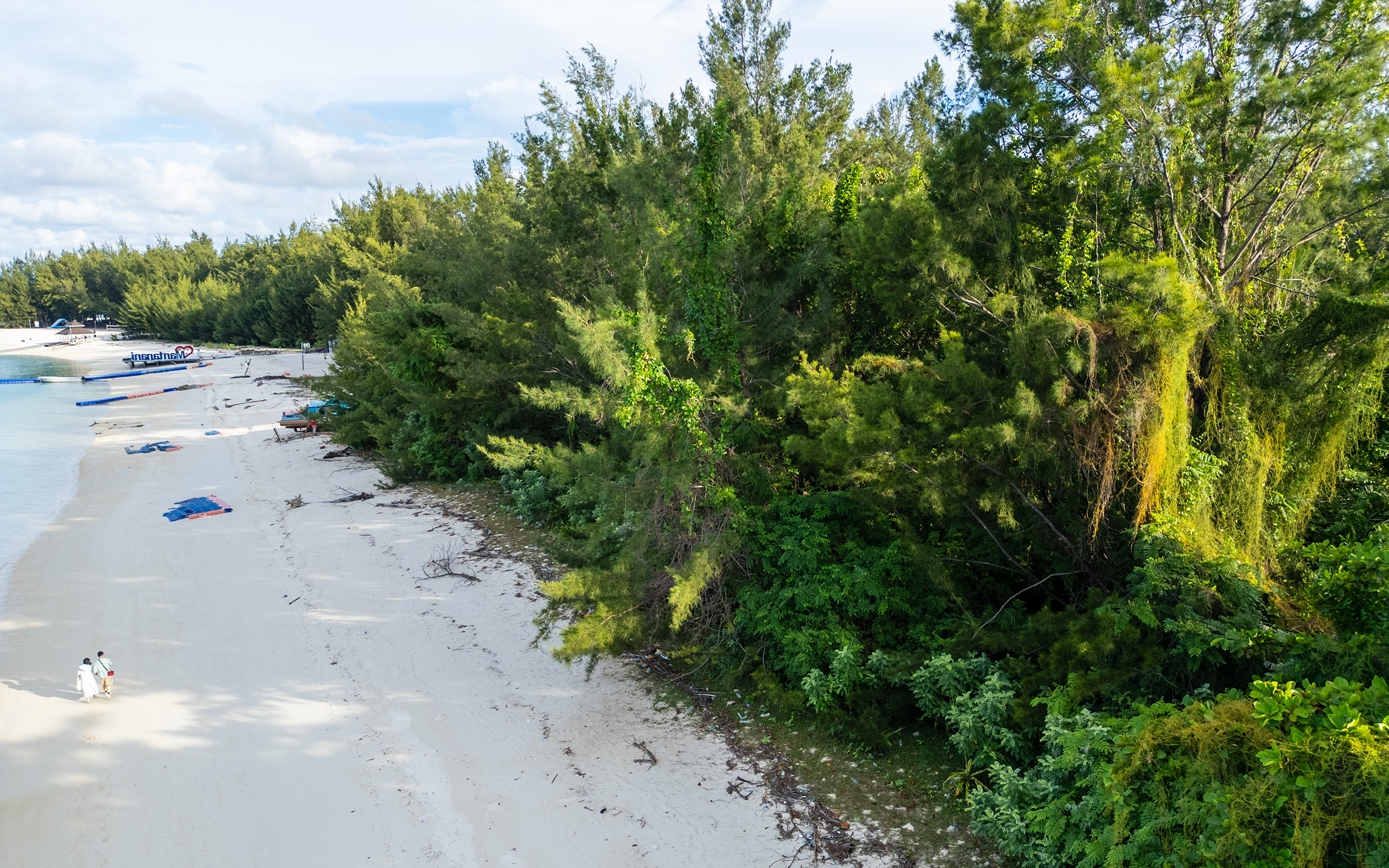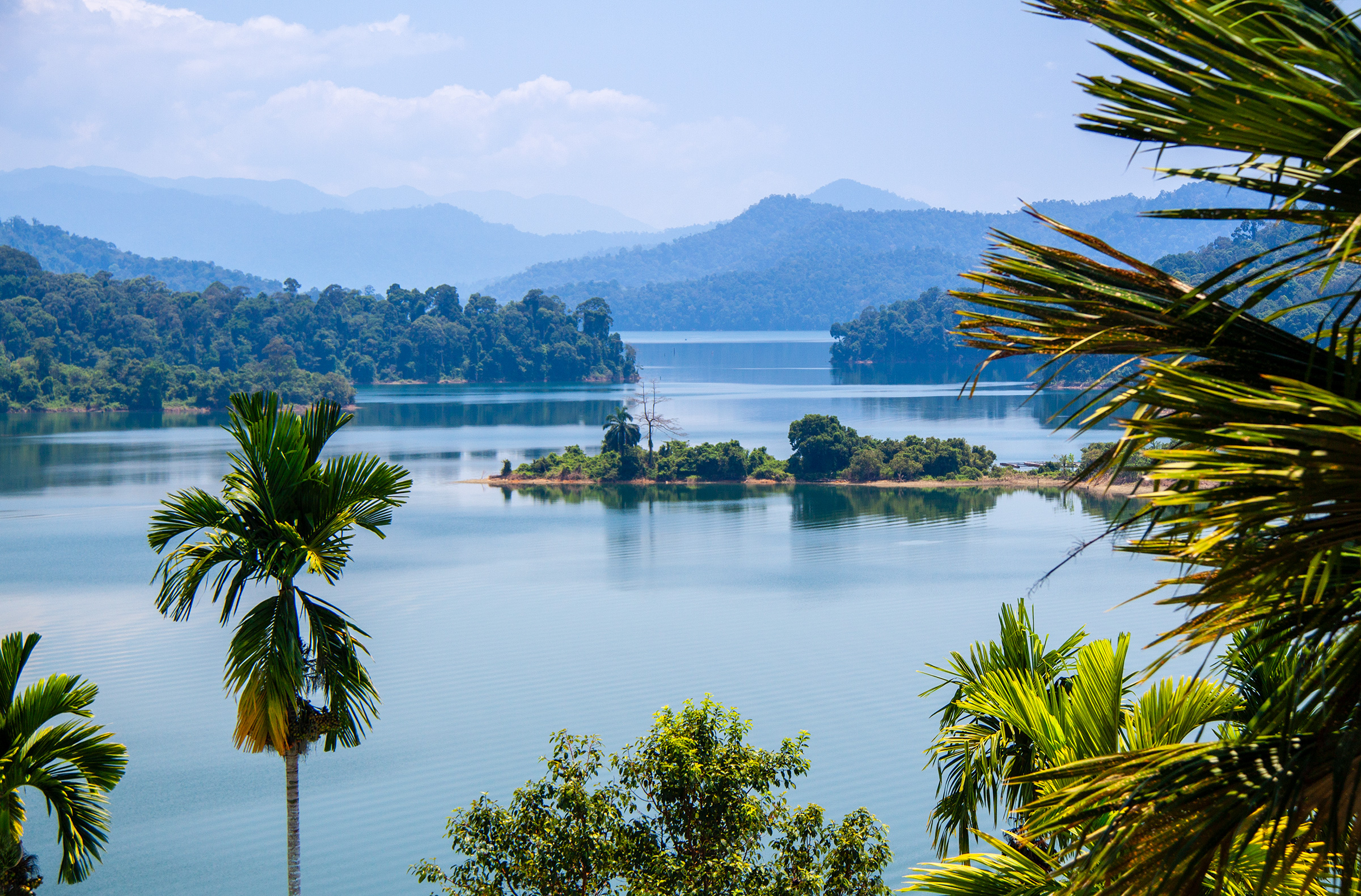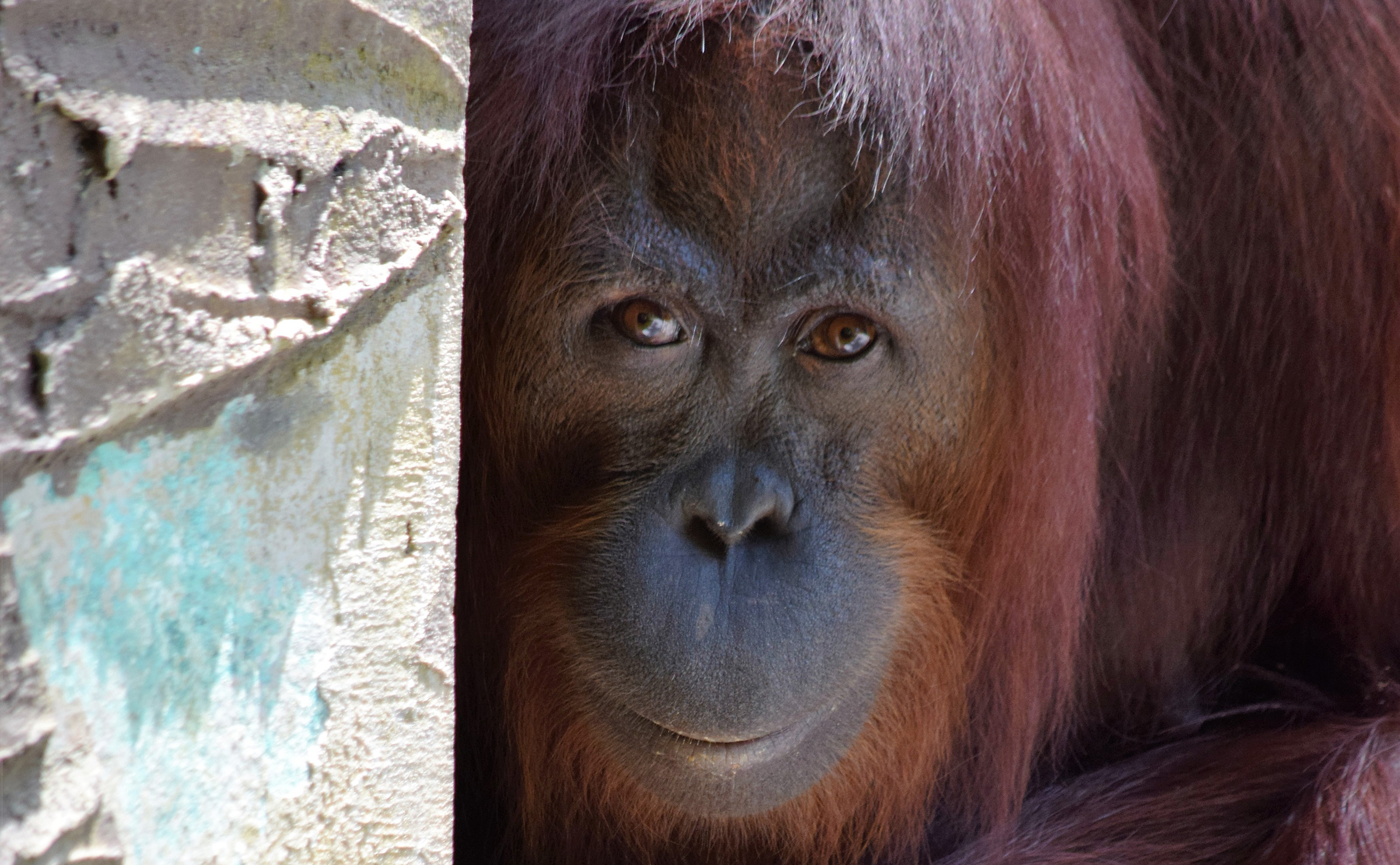The Sabah Wildlife Department and Danau Girang Field Centre have fitted a satellite tag on a proboscis monkey in the Kinabatangan region as part of the conservation initiatives for the endemic primate of Borneo. The department’s director Dr Laurentius Ambu said this was the first time in Borneo that a proboscis monkey was tagged with a satellite device. “It is the start of a long-term research and conservation programme initiated by our department and the Danau Girang Field Centre and funded by Sime Darby Foundation,” he said in a statement here today.
Ambu said the programme is extremely important for the conservation of the proboscis monkey, an endemic and endangered species in Borneo. He said one of the outputs would be the presentation of results at an international workshop on the conservation of proboscis monkeys in Borneo that would be organised in Kota Kinabalu at the end of the programme. “We fully appreciate the support of Sime Darby Foundation for this programme as well as the Malaysian Palm Oil Council and Shangri-La’s Rasa Ria Resort which support our Wildlife Rescue Unit involved in fieldwork,” added Ambu.
The department’s Chief Wildlife Veterinarian Dr Senthilvel Nathan said the 24kg male was caught by members of the Wildlife Rescue Unit and Danau Girang Field Centre personnel during the course of a proboscis monkey programme last week. The programme was a collaboration between the department, the field centre and Cardiff University. “We will catch proboscis monkeys in the whole state to collect blood for genetic analyses and parasite identification, saliva for viruses and bacteria, ectoparasites and morphometric data. “We will also fit 10 individuals with satellite tags in the Kinabatangan Wildlife Sanctuary,” added Nathan.
Meanwhile, the field centre’s director, Dr Benoit Goossens, said the satellite tagging was to fully understand the ranging patterns of proboscis monkeys and the “stressors impacting their movements and density.” This was to determine the adequate amount of habitat available in order to sustain a continuous viable population in the Kinabatangan region, he added. One of the objectives is to identify the effectiveness of conservation corridors versus simple river buffer and to produce a model that can be used in conjunction with other projects. It is also to report on the effective conservation development of the Kinabatangan Wildlife Sanctuary. Source: Bernama.com

